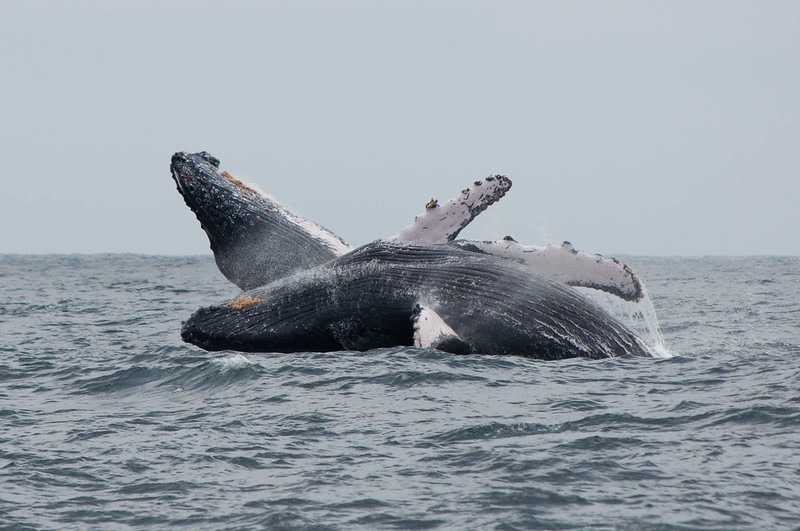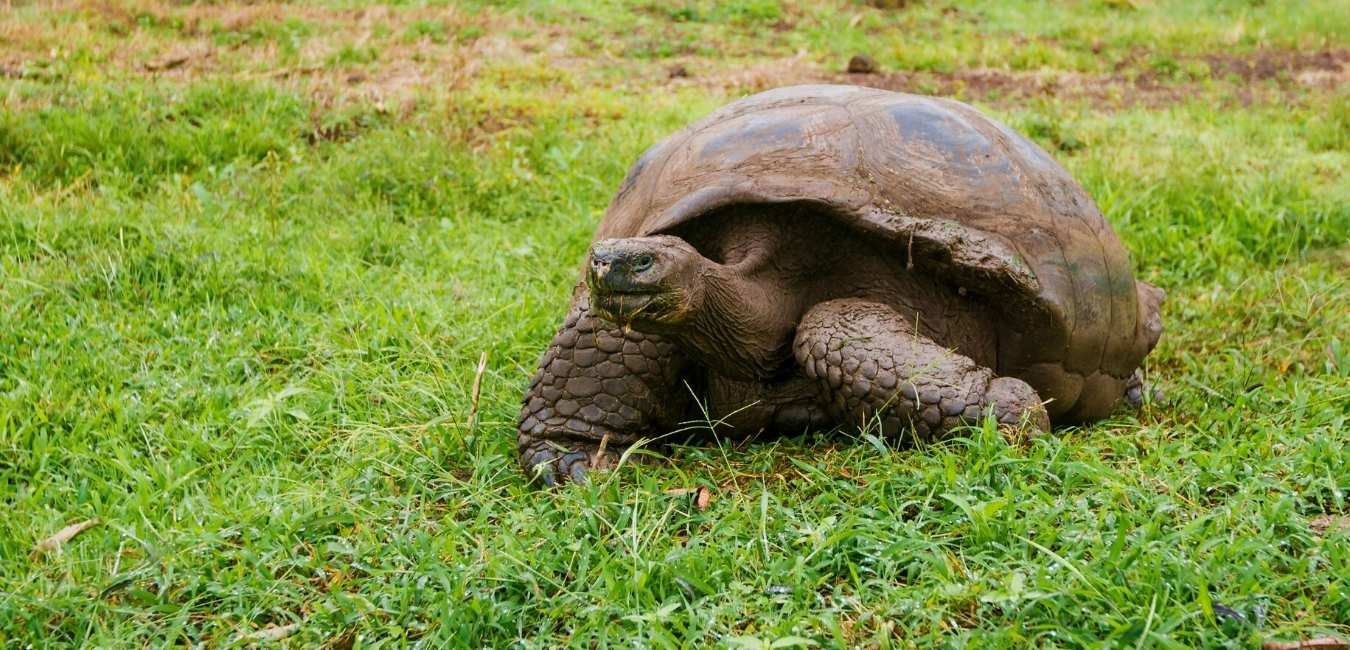This is a great opportunity to explore the rich culture and history of the Galapagos Islands, while also experiencing the unique ecology. This cruise includes a variety of activities, such as trekking, kayaking and snorkeling. You'll also gain insight into ongoing conservation efforts dedicated to protecting the Galapagos Islands.
Day by day
Map

Preview

Preview

Preview
Cruise Includes
Airport assistance
Transfers in Galapagos
Accommodation in double cabin
All meals during the cruise
Naturalist Bilingual Guide
All visits & excursions according to the itinerary
Snorkel Gear (mask, tube and fins)
Kayaks, paddle boards
Unlimited purified water, coffee and tea
Wetsuits, soft drinks, beach towels
Cruise does not include
Local flight to/from Galapagos
Galapagos National Park Entrance fee
Galapagos Transit card
Alcoholic drinks
Tips
Local Taxes
Travel Insurance
Service do not specified
Highlights
Galapagos land iguanas, sea lions, tropicbirds, pelicans, boobies, Galapagos shearwaters, swallow-tailed gulls.
Giant cactus, Santa Fe bay, Galapagos sea lions, Santa Fe land iguanas, Galapagos hawks, Galapagos doves, reef sharks
Galapagos sea lions, marine Iguanas, magnificent & great frigatebirds, blue-footed Boobies, San Cristobal Lava Lizards.
Itinerary C
From USD 5000,00
Enquire now
Dates & Promotions
| Dates | Price (USD) | Available | Hold | Promotion | |
|---|---|---|---|---|---|
No data | |||||